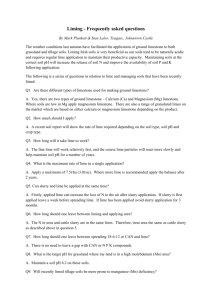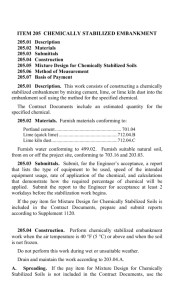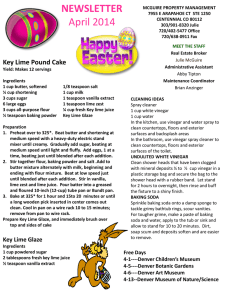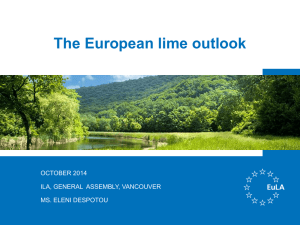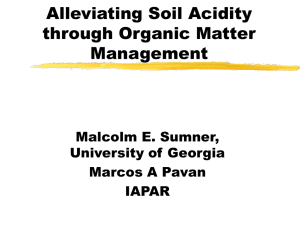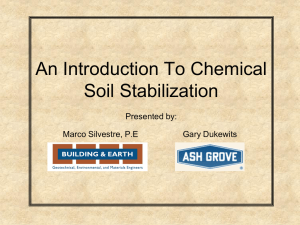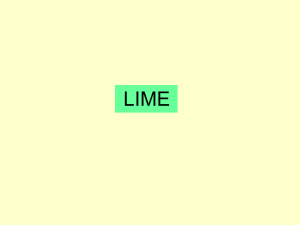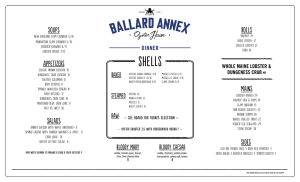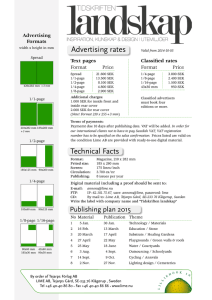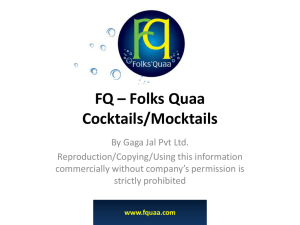Vicksburg District Maintenance Part 2
advertisement
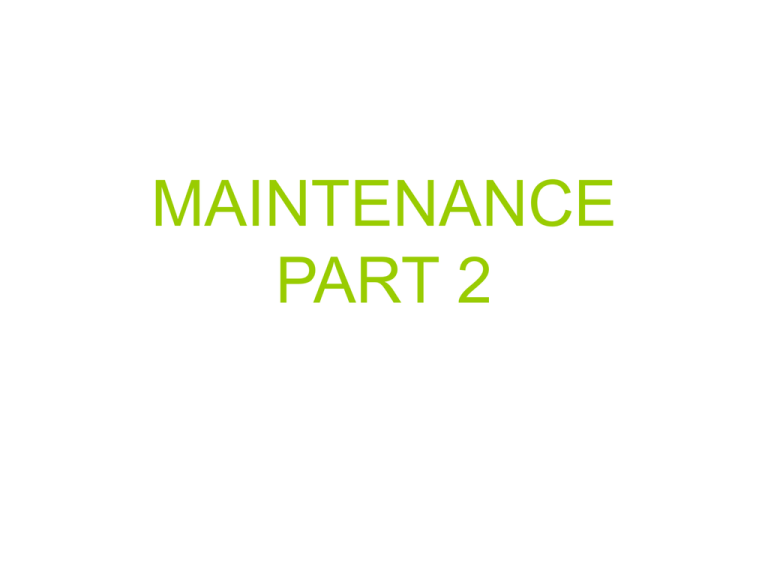
MAINTENANCE PART 2 Inlet free of obstructions Adequate scour protection provided Inlet free of obstructions Positive Seal on Flap Gate Adequate Scour Protection Provided Tree growth next to levee toe CATTLE WALK DAMAGE BULL RUB CATTLE WALK AND BULL RUB DAMAGE LEVEE SLIDE TECHNICAL PROVISIONS FOR FULL BLEND LEVEE REPAIRS • • • Levee Excavations : Approximately 6 to 12 inches of topsoil shall be removed from the slide area and stockpiled for re-use. The excavation line must extend at least (1 ft ) below the failure slide plane. At the toe of the excavated slope, a key approximately (3 ft. ) deep and of minimum width to be compacted by conventional equipment shall be excavated. The end slopes of the levee excavation shall be ( 1 ft. ) vertical on (3 ft. ) horizontal to allow for access and proper compaction. The stockpiled soil shall not exceed (6 ft ) in height if placed on the existing levee slope. Preparation of Foundation: All trees, brush, sod, vegetation, decayed organic matter, stumps and debris of every description shall be removed from the foundation surfaces. Also, grubbing may be required but is uncommon for these foundations. The entire earth surface on or against which levee fill is to be placed, shall be thoroughly broken to a depth of 6 inches. If for any cause, this broken surface becomes compacted a plane of seepage or weakness might be induced, therefore it shall again be adequately scarified before depositing material thereon. Soil Processing Areas: When the size of the slide being repaired permits, and it is practical , the lime-soil mixture can be processed in lifts in the embankment and then compacted. Lift thickness shall not exceed 6 to 8 inches. If a processing area is needed to process material removed from the slide, 4 to 6 inches of topsoil shall be removed from the area and stockpiled for re-use. The processing area shall be large enough to mix a minimum of on truck load of lime (approx 24 tons) and be located riverward of the existing levee. • Spreading and Mixing Lime: After the excavated soil to be treated with lime is placed in the processing area in 6 to 8 inch layer, checks should be made to ensure proper moisture content. The dry unit weight of 80 lbs per cubic foot will be used for the soil to compute the required rate of application of lime by weight. Approx 4.8 lbs of lime per cubic ft of material should be used. In highly plastic clays a double application of lime will be required to achieve satisfactory pulverization. Six percent of more lime will require the double application method. The first application of lime , which will be one-half the total recommended percentage, shall be mixed by at least one pass with a rotary pulverizer and sealed to maintain moisture and allowed to cure for a minimum of 48 hrs. After the 48 hour curing time the remainder of the lime shall be added. After application of lime a liberal amount of water shall be applied over the surface to prevent dusting and achieve good distribution of the lime. Water shall be added even if the moisture content is above the optimum moisture content for compaction. A high speed rotary pulverizer shall be used to mix the soil and lime. Several passes of the rotary pulverizer may be required. After final mixing of lime with soil, the mixture shall be placed in the embankment and compacted as soon as possible. When moving the soil – lime mixture from the processing area precautions shall be taken to avoid unmixed material. Any lime that has been exposed to the open air for a period in excess of 6 hours, and lime lost or damaged before soil incorporation due to rain, wind or other cause should not be used. • • Embankment. The lime-soil mixture shall be placed in the levee embankment by conventional methods. The moisture content of the limesoil mixture, to be compacted, shall be within a specified range. Lift thicknesses will be limited to 6 to 8 inches. The soil-lime mixture shall be benched into the existing embankment in a stair stepped pattern at approximately 1-foot intervals. Each lift shall be compacted by at least three passes of a crawler type dozer weighing at least 20,000 pounds and exerting a unit tread pressure of at least 6 pounds per square inch or other compacting equipment which will attain comparable compaction. A pass shall consist of one complete coverage of the surface of a layer by the treads of a dozer or other compacting equipment. Turfing. After completion of the reconstruction operation, the previously removed top soils shall be returned and distributed over their primary locations, and the portions of the levee and berms where the new fill has been placed shall be fertilized and seeded. • • • Fertilizing. Prior to seeding, all processing areas, the entire surface of the repaired portions of the levees, berms, and all areas distributed shall be fertilized. Fertilizer shall be applied at the rate of 60 lbs per acre of 13-13-13 commercial fertilizer. Fertilizer shall be uniformly distributed over the surface and worked into the top 2 to 4 inches of the soil by light disking or harrowing. Seeding. After completion of the fertilizing operation, all processing areas, the entire surface of the repaired portions of the levees, berms, and all areas disturbed shall be seeded. Compaction. After completion of the seeding, the areas of the levees and berms shall be compacted by making one complete pass over the entire surface. A pass shall consist of one complete coverage of the surface by compacting equipment. TOP SOIL REMVOVED FROM SLIDE AREA Processing lime/soil mixture

